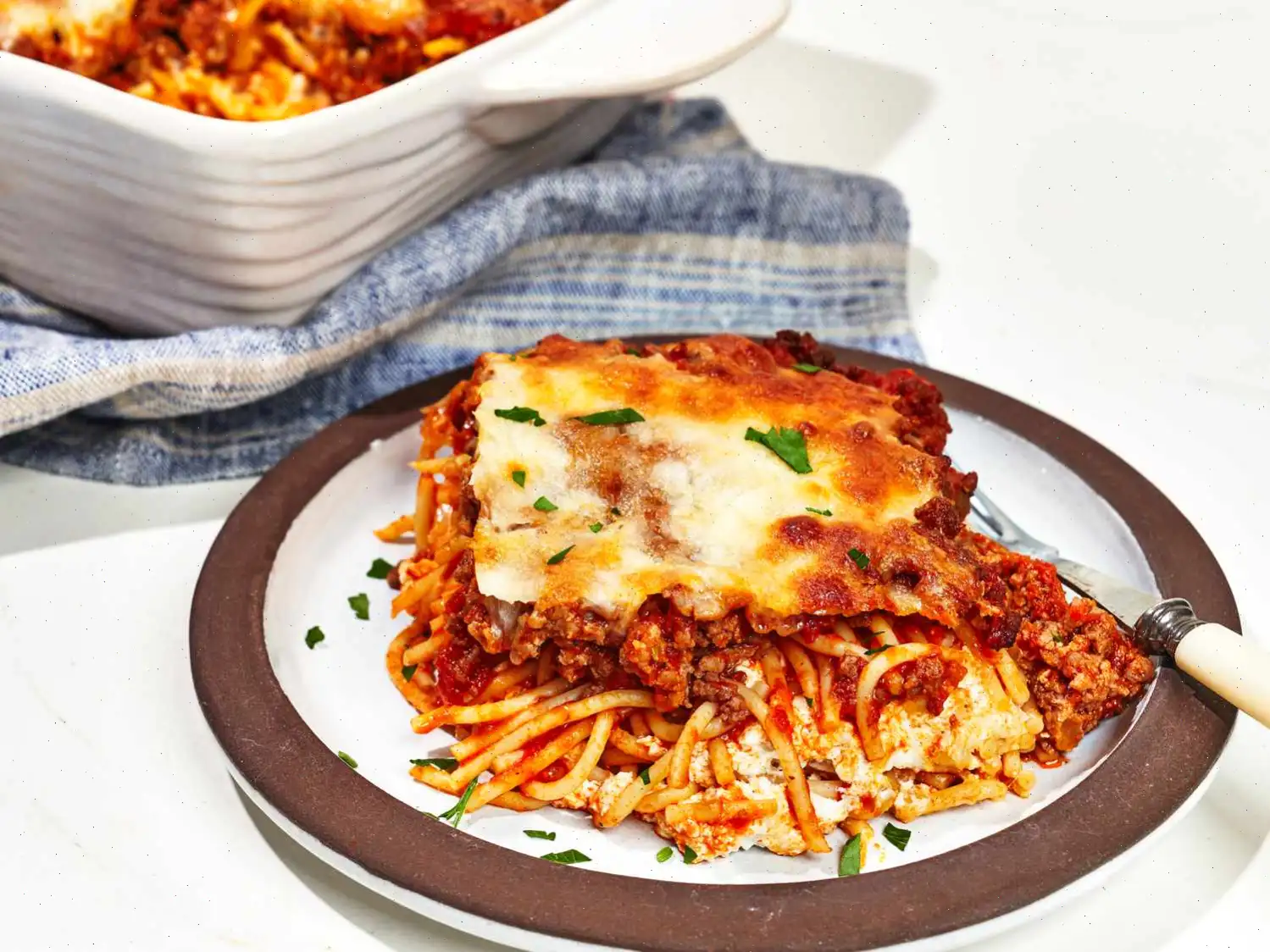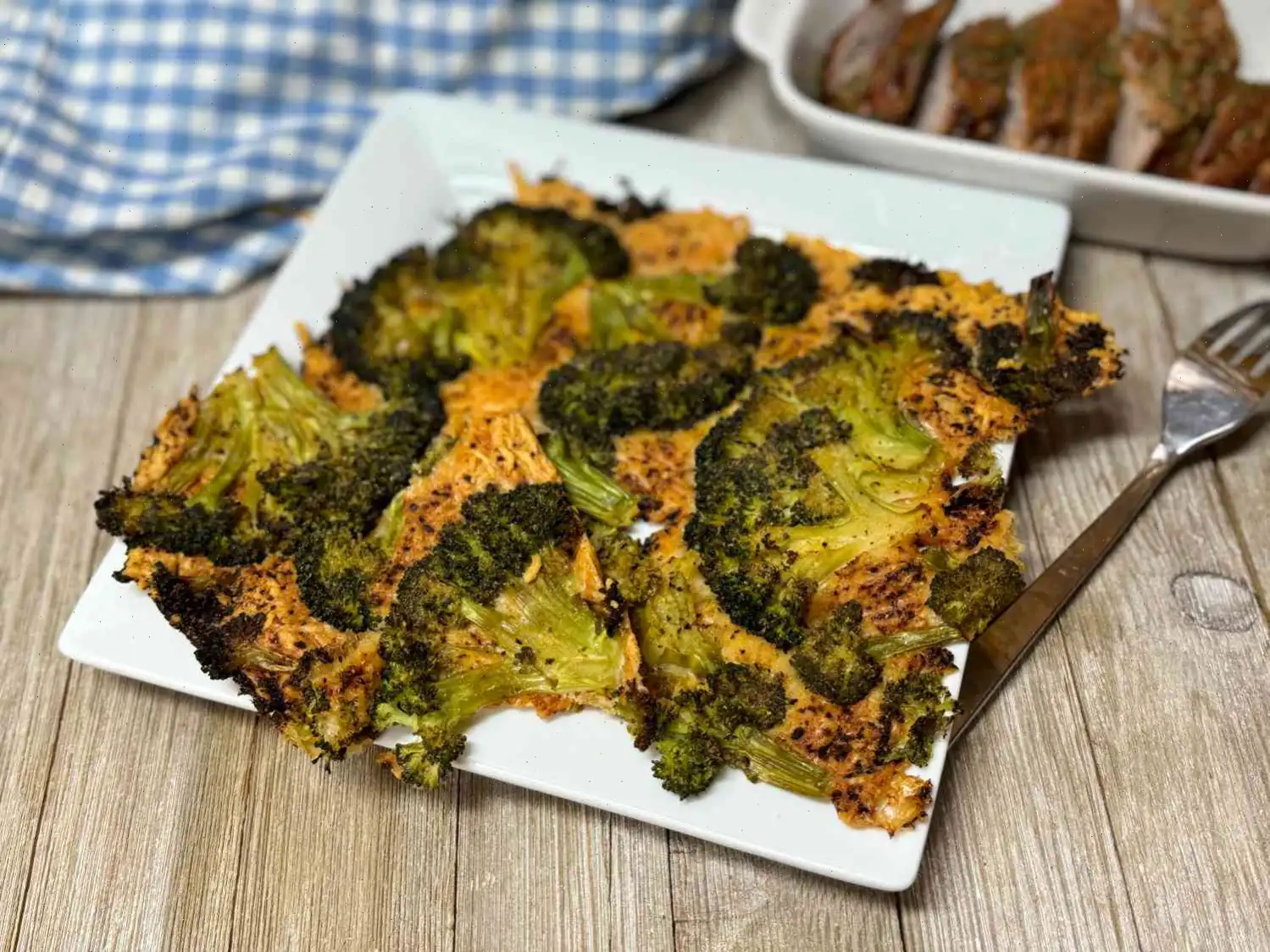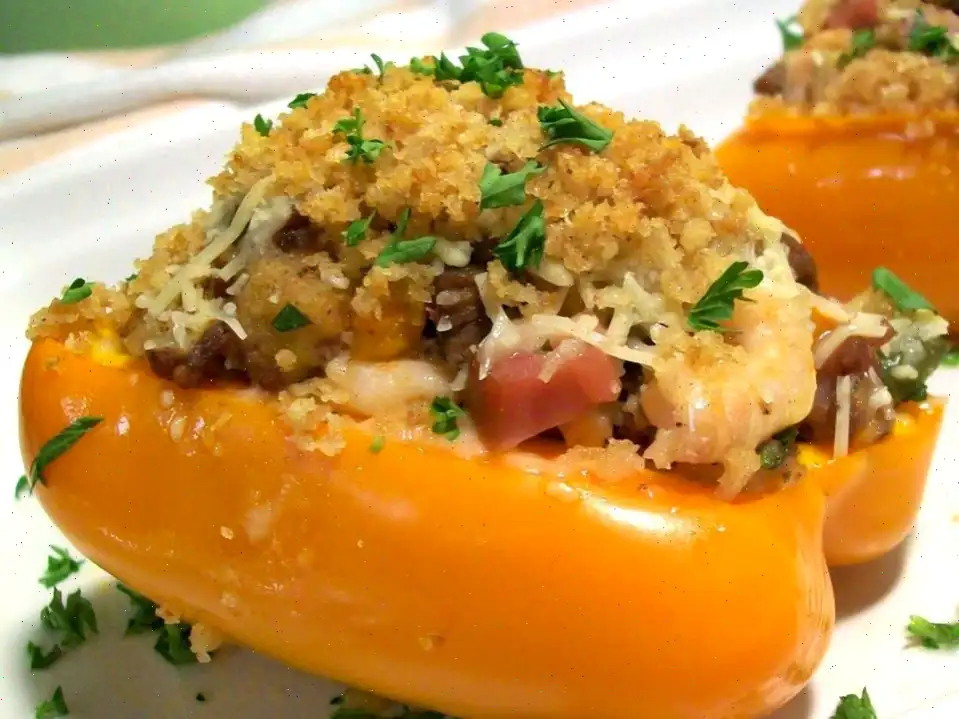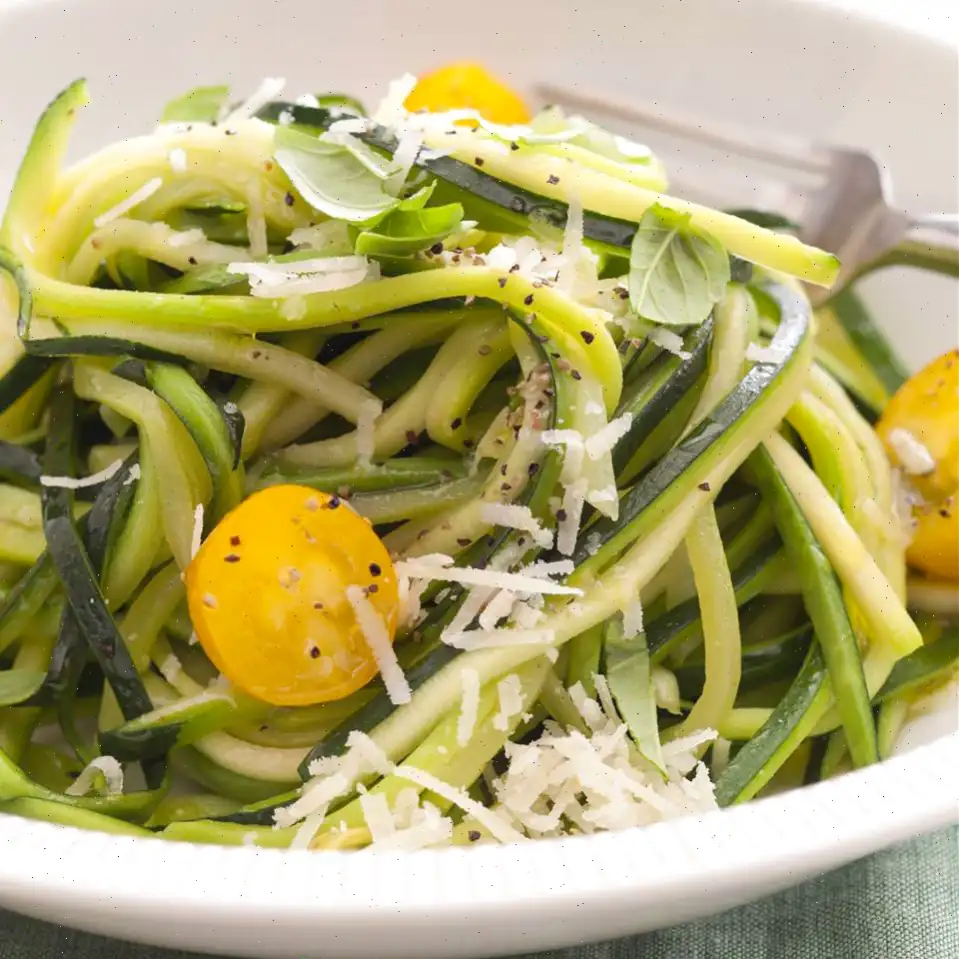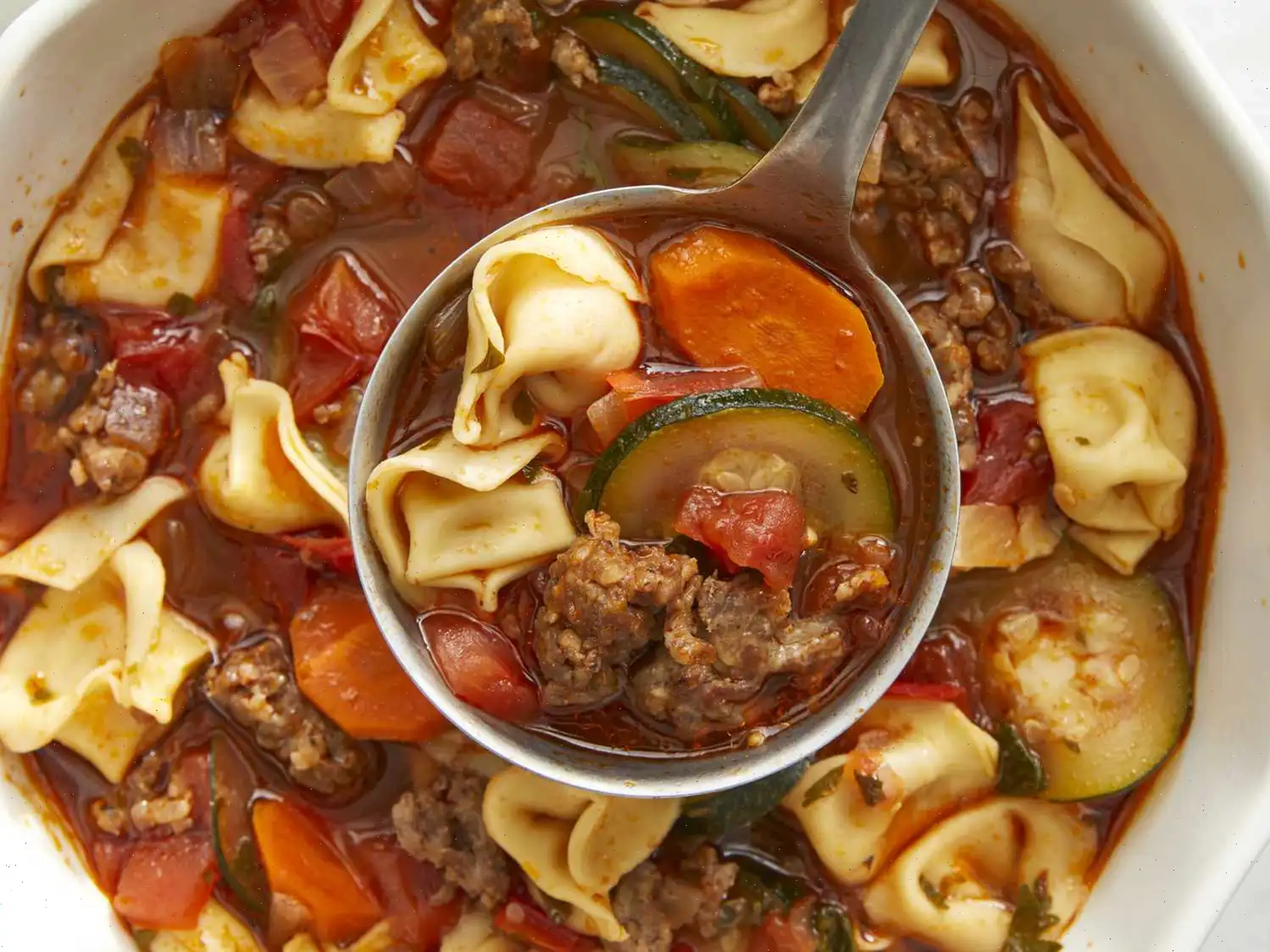
Perfect Grilled Ribeye
Ingredients:
- 1/2 lime, juiced
- 2 teaspoons carne asada seasoning
- 1 tablespoon olive oil
- 1 (8 ounce) boneless ribeye steak
Directions:
- In a resealable plastic bag, combine the lime juice, carne asada seasoning, and olive oil. Add the ribeye steak, seal the bag, and refrigerate for 30 to 45 minutes to marinate.
- After marinating, drain the marinade and allow the steak to come to room temperature, about 30 minutes.
- Blot any excess moisture off the steak with a paper towel.
- Preheat the grill to 500F (260C), and lightly oil the grate.
- Place the steak on the grill over direct heat. For rare, cook the steak for about 3 minutes per side, until browned on the outside and red in the center. An instant-read thermometer inserted into the center should read 125F (52C).
- Remove the steak from the grill and let it rest for 5 minutes before serving.
Cook's Notes:
- For different levels of doneness, use the following internal temperatures:
- Rare: 125-130F (52-54C)
- Medium rare: 130-140F (54-60C)
- Medium: 140-150F (60-65C)
- Medium well: 150-160F (65-70C)
- Well done: 160F (70C)
Nutrition Facts (per serving):
- Calories: 758
- Total Fat: 57g (73% DV)
- Saturated Fat: 21g (105% DV)
- Cholesterol: 177mg (59% DV)
- Sodium: 1100mg (48% DV)
- Total Carbohydrate: 6g (2% DV)
- Dietary Fiber: 1g (3% DV)
- Total Sugars: 1g
- Protein: 57g (114% DV)
- Vitamin C: 14mg (16% DV)
- Calcium: 49mg (4% DV)
- Iron: 6mg (33% DV)
- Potassium: 738mg (16% DV)
Note: Percent Daily Values (DV) are based on a 2,000-calorie diet. Your daily values may be higher or lower depending on your calorie needs.
The Story Behind the Perfect Grilled Ribeye
The ribeye steak has long been celebrated as one of the most flavorful and tender cuts of beef. Its history can be traced back to the ranching traditions of the United States, where cattle farmers sought cuts that offered both richness and tenderness. The marbling within the ribeye, consisting of fat interspersed with lean meat, gives it its signature juiciness. Grilling this cut over high heat is a method that dates back to early American cookouts, a technique designed to enhance its natural flavors while creating a beautifully caramelized exterior.
Regional Variations and Unique Twists
While the ribeye is enjoyed worldwide, regional preferences shape its preparation. In the American Midwest, it is often simply seasoned with salt and pepper and grilled over oak or hickory, allowing the natural flavors to shine. Southwestern versions, like the one in this recipe, incorporate lime juice and carne asada seasoning, reflecting Mexican-American culinary influences. In contrast, in Argentina, ribeye (known locally as bife de chorizo) is typically grilled over charcoal and served with chimichurri, highlighting the regions passion for robust, herbaceous accompaniments.
How It Stands Out from Similar Dishes
Unlike sirloin or filet mignon, the ribeye is prized for its marbling, which ensures a rich, buttery taste that few other cuts can match. While filet mignon is leaner and extremely tender, it lacks the deep, beefy flavor that the ribeye naturally delivers. Sirloin, though flavorful, can be tougher and drier if overcooked. The ribeye strikes a balance between tenderness and taste, making it the preferred choice for grilling enthusiasts who want both texture and juiciness in a single bite.
Where Ribeye is Typically Served
Grilled ribeye is a staple in steakhouses across the United States and a centerpiece for backyard barbecues. It is commonly paired with classic sides such as baked potatoes, grilled vegetables, or fresh salads. Upscale restaurants often serve it with gourmet sauces or compound butters, elevating the simple steak into a fine dining experience. In more casual settings, it remains a favorite at family gatherings, summer cookouts, and celebratory meals where its hearty flavor can be fully appreciated.
Interesting Facts About Ribeye
- The ribeye is sometimes called the cowboy steak when served with the bone attached, evoking the rustic charm of Western ranch life.
- Its marbling not only enhances taste but also helps maintain moisture during high-temperature grilling, reducing the risk of a dry steak.
- Experts often recommend letting the ribeye rest after grilling for at least five minutes to allow juices to redistribute, ensuring maximum tenderness.
- Despite its indulgent reputation, ribeye is packed with protein and essential nutrients such as iron, zinc, and B vitamins, making it both flavorful and nutritionally beneficial.
- Grilling techniques can vary: some chefs prefer cast iron or pan-searing before finishing on the grill to achieve the perfect crust and interior doneness.



